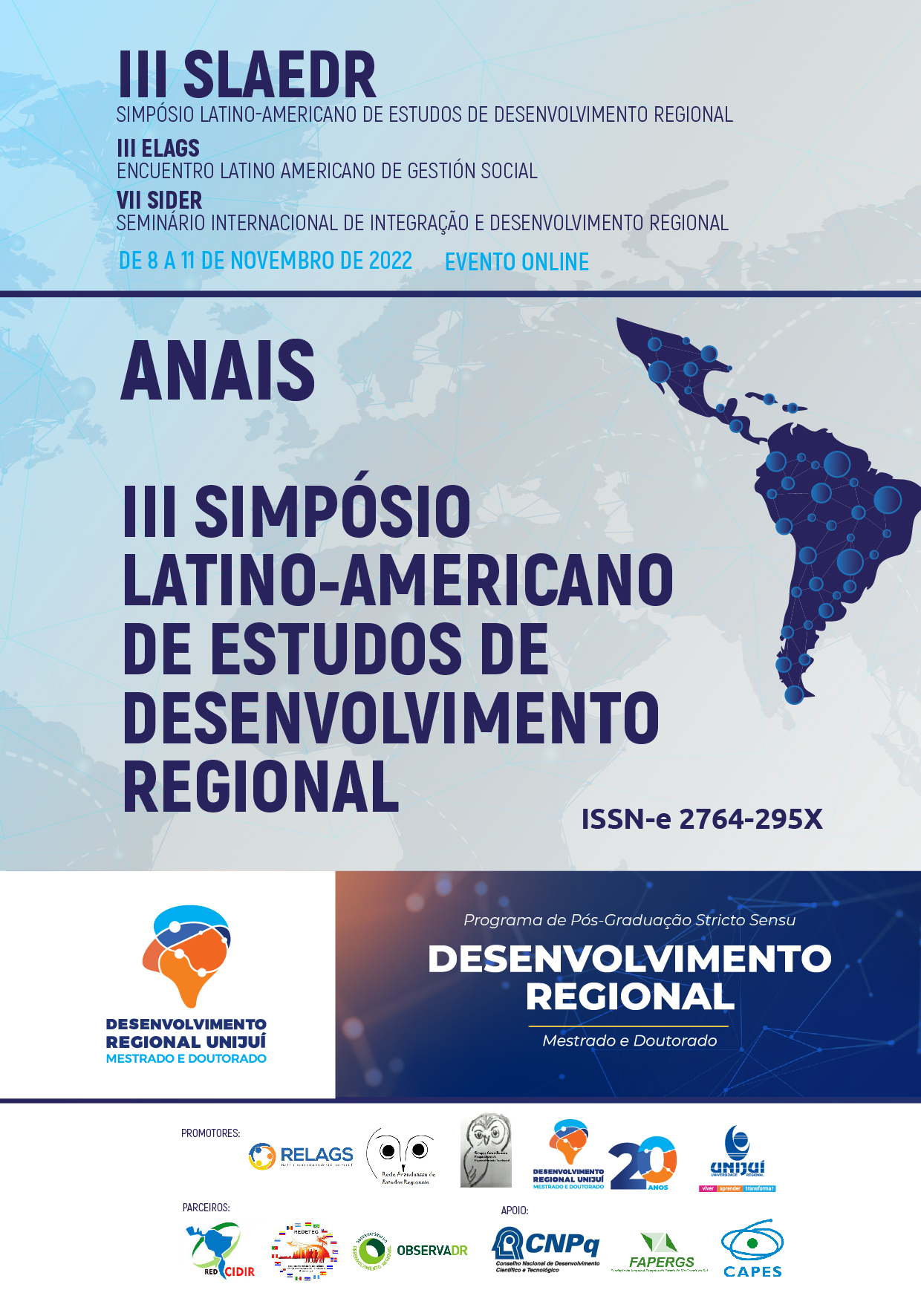CITY OF BEM-VIVER
INTER-RELATIONSHIPS BETWEEN SOCIO-ENVIRONMENTAL INCLUSION AND SUSTAINABLE DEVELOPMENT
Keywords:
City, Urban planning, Environmental preservation, Quality of lifeAbstract
The planning and growth of urban space must be understood as something broad, which must necessarily encompass social, economic, environmental, cultural and political issues. When cities are well planned and built, the urbanization process becomes more sustainable and inclusive. Thus, the methodology used, considering the procedures, is structured through a
bibliographical and documentary research, while the objective of the text intends to reflect the city of well-being in the 21st century, taking into account the importance of ecological development. and sustainable, given its impact on the transformation of the natural and built environment by understanding the different conditions that affect urban dynamics and transformation. It is noticed that plans and projects that promote resilient and eco-sustainable development, at the municipal, state and/or national level, must be essential premises in the planning of more compact, connected, integrated and inclusive cities. It is essential to adopt an integrated systemic vision in the short, medium and long term, striving for planning based on the support of nature and taking into account the plurality present in the various urban contexts.
References
AFONSO, C. M. Sustentabilidade: caminho ou utopia? São Paulo: Annablume, 2006. p. 72.
AMORIM, R. R.; OLIVEIRA, R. C. Análise Geoambiental dos setores de encosta da área urbana de São Vicente-SP. Sociedade e Natureza. Ano 19, n. 37. 19-40p. 2007.
BARQUERO, M; CREMONESE, D. Apresentação. In: BARQUERO, M; CREMONESE, D. (Org.). Capital social: teoria e prática. Ijuí: Unijuí, 2006. p.7-17.
BIGLIARDI, R. V.; CRUZ, G. R. O papel da educação ambiental frente à crise civilizatória atual. Ambiente & Educação, Rio Grande, v. 12, p.127-141, 2007.
BOFF, L. Sustentabilidade: adjetivo ou substantivo? 2011. Disponível em: https://leonardoboff.org/2011/06/07/sustentabilidade-adjetivo-ou-substantivo/. Acesso em: 07 ago. 2022.
GUERRA, B. Cidades sustentáveis: o que são e quais suas características. 2019. Disponível em: https://meiosustentavel.com.br/cidades-sustentaveis/. Acesso em: 07 de Ago. 2022.
HERZOG, C. P. Cidades para todos (re) aprendendo a conviver com a natureza. 1. ed. Rio de Janeiro: Mauad X : Inverde, 2013.
LINCH, K. A imagem da cidade. São Paulo:Martins Fontes, 1997.
MELLO, L. G. de. A importância da educação ambiental no ambiente escolar. 2017. Disponível em: https://www.ecodebate.com.br/2017/03/14/importancia-da-educacaoambiental-no-ambiente-escolar-artigo-de-lucelia-granja-de-mello. Acesso em 17 de Ago.2022.
MELO, M. M. Capitalismo versus sustentabilidade: o desafio de uma nova ética ambiental. Florianópolis: Editora da UFSC, 2006.
MINAYO, M. C. S. (Org.) Saúde e ambiente sustentável: estreitando nós. Rio de Janeiro: Ed. Fiocruz; Abrasco, 2002
SACHS, I. Desenvolvimento sustentável, bio-industrialização descentralizada e novas configurações rural-urbanas: os casos da Índia e do Brasil. In: VIEIRA, P. F.; WEBER, J. (Orgs.). Gestão de recursos renováveis e desenvolvimento: novos desafios para a pesquisa ambiental. São Paulo: Cortez, 1996. p. 469-494.
SOLERA, M. L. et al. Infraestrutura verde: alternativa para a criação de cidades resilientes e sustentáveis. In: MAGNONI JÚNIOR, L. et al (org.). Redução do risco de desastres e a resiliência no meio rural e urban. São Paulo/SP: Centro Paula Souza, 2020. p. 841-854.
SOUZA, A. Infraestrutura verde: um caminho para a sustentabilidade hídrica. 2020. Disponível em: https://www.ecodebate.com.br/2020/04/20/infraestrutura-verde-um-caminhopara-a-sustentabilidade-hidrica/. Acesso em: 22 Ago. 2022.



